Summertime and the living is anything but easy if you’re planning on going south to certain hotspots this year. Locals in some of the best-loved destinations are venting their fury about overtourism in the height of the season – and beyond. The issue? From Barcelona to Rome, Zakynthos to Dubrovnik, holidaymakers are crowding out residents, to the displeasure of the latter, some of whom we’ve seen on TV brandishing their ‘tourists not wanted’ (and far ruder) banners during protests about short-term renters elbowing out locals. How can we help?
By visiting somewhere similar but more easy-going and less of a manic holiday magnet. Here are five favourites.
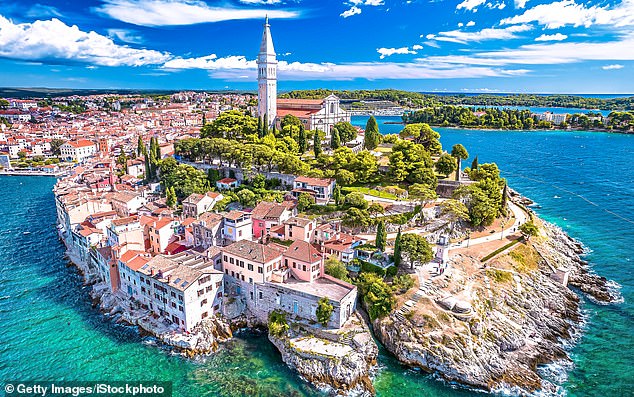
Move over Dubrovnik, it’s time for Rovinj, Istria
SWERVE Dubrovnik There’s no disputing the beauty of Croatia’s coastal poster child (and the nearby Dalmatian islands, glooped like pancake batter over the blue Adriatic). But the city has endured major issues with overcrowding. Blame it on Game Of Thrones (filmed extensively in the city), low-cost flights and cruises. While measures have been taken to control crowd flow, you might like to look further afield…
SWAP FOR Istria Croatia’s dagger-like peninsula points south into the Adriatic – with Italy to the west, and Slovenia then Austria further north. Its location has imbued Istria with varied culinary, architectural and folkloric influences, all delightful, not to mention instagrammable.
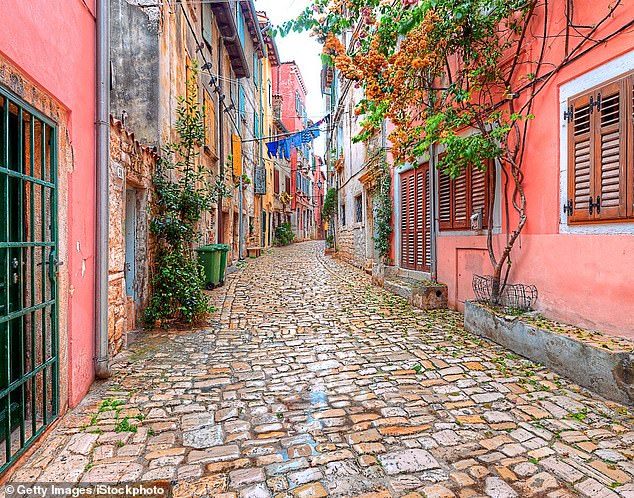
Pretty in pastels in the old town of Rovinj
As you drive inland, you pass undulating landscapes of pine and oak forests, olive farms and vineyards that produce truffles, oil and highly quaffable vino (for fly-drive breaks visit regent-holidays.co.uk). Get stuck in at a konoba (taverna) somewhere like the perfect medieval hilltop town of Motovun – ideally en route for a few nights in coastal Opatija. Here, grand wedding-cake villas and hotels peek out from among dark cypresses around the bay, recalling the resort’s glamorous Austro-Hungarian heyday before the First World War. For idle exercise, the long coastal path takes you past mirror-still shallows to laid-back restaurants that will waylay you till dusk.
West across the peninsula, the town of Rovinj has sunsets as lurid as an Aperol spritz. It’s nicely busy in season, but with 735,500 arrivals in 2024 it’s a wallflower compared to Dubrovnik and its 1.35 million. Rovinj is gently evocative of Venice – in miniature. The old town is crowned by a towering campanile that’s a dead ringer for the one in Piazza San Marco. Homes in paintbox pastels could have been transplanted from Burano, in the Venetian lagoon. It’s foodie central, too. Rovinj restaurants turn the catch of the day – shrimp, swordfish, crab – into gastronomic delights.
SWERVE Barcelona The once leisurely city made famous by Gaudí’s fairytale architecture (and the 1992 Olympics) is now a laborious trudge-through for the high-season masses, fresh off their cruises and low-cost flights. With citizens up in arms at the intrusion, one group ambushing hapless tourists with water pistols, you can be forgiven for heading elsewhere.
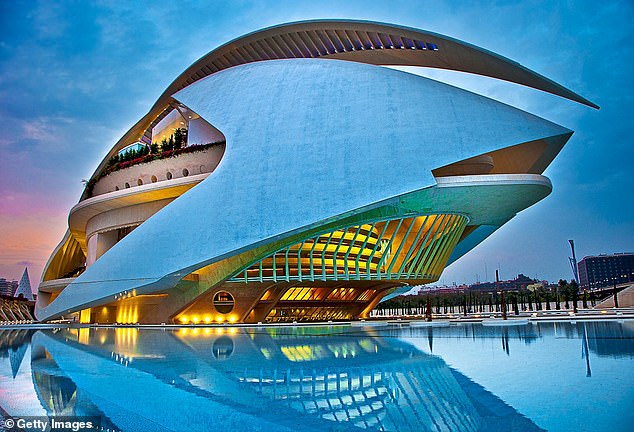
Ancient vs modern at Valencia’s City of Arts and Sciences
SWAP FOR Valencia While it’s way south of Barcelona, the city shares the same Med-facing coastline and urban-beachy appeal – the pale sands and breezy terrace drinking of Malvarrosa easily hold their own against Barca’s, with paella canteens to boot. In fact, it’s a mystery why Spain’s third-largest city is often overlooked – Barcelona recorded 22 million overnight stays last year; Valencia six million. Find hotels at visitvalencia.com; for city-break deals see britishairways.com.
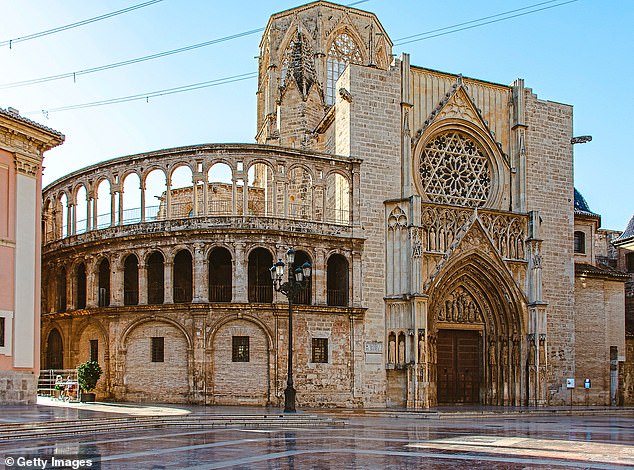
Its venerable cathedral
Head for El Carmen, Valencia’s Ciutat Vella (old quarter), where cats in doorways yawn in the sun. With its echoey alleys smelling of geraniums, coffee and calamari, it’s a worthy dupe for Barcelona’s Barri Gòtic district, right down to the cathedral, a mash-up of Gothic, Renaissance and Baroque. If you’re here for the beer, these backstreets are peppered with bars, restaurants and cerveza joints. Settle in somewhere upbeat, like The Market Craft Beer, near the Mercat Central.
Architecture buffs in love with Barcelona’s Gaudí will fall for Valencia’s famous son, Santiago Calatrava. His millennial City of Arts and Sciences is a blinding spectacle in white concrete, glass and stone, sprawling like a mutant dinosaur skeleton. It holds an opera house, science museum and expansive covered gardens of palms, honeysuckle and aromatic herbs.
SWERVE Bodrum To judge by the ‘hip Turkey’ Instagram feeds, you might think the nation didn’t exist beyond bougie Bodrum and its riviera-glam peninsula. Even Bodrum’s mayor, Tamer Mandalinci, believes that the holiday hotspot needs a tax on visitors. While the Aegean honeypot’s official population is 203,000, it rarely dips below 450,000, even off-season. And in peak months? More than a million.
SWAP FOR Bozburun It’s a striking southern Turkish peninsula, too, with a wrinkly coast, village coves, the tinkle of yacht masts and the smell of grilled red mullet from waterfront restaurants, as you’ll find at Sogut and Selimiye.
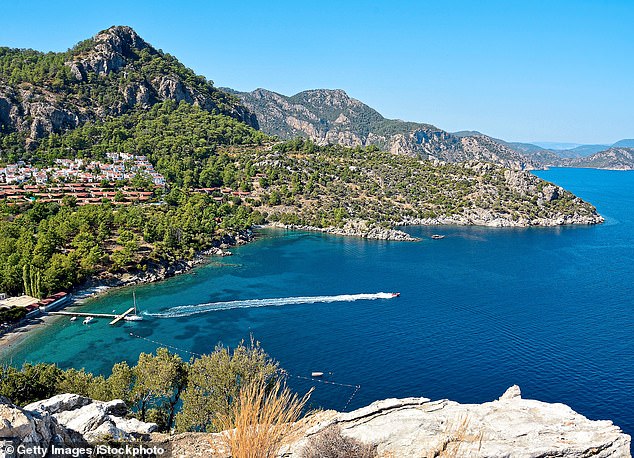
A sweeping, unspoilt shoreline in Bozburun, Turkey
Yet, unlike starry Bodrum, where holidaying mortals feel increasingly priced out (Liverpool FC’s Mo Salah reportedly dropped €10 million on a villa recently), Bozburun feels untainted by quick-buck tourism. It rolls out empty Kodacolor bays, craggy rock faces and skylines of pines, as well as stylish- but-unflashy places to stay, including Dionysos Village Hotel (dionysosvillagehotel.com), high on a canyon rim with a pool overlooking the sea (for villa rentals, visit simpsontravel.com).
Locals make money from honey and also build the fat- bottomed wooden gulets – boats ideal for holidays along the turquoise shores. The waters are world-class cinematic, only missing Brigitte Bardot in a bikini. If one place sums it up, it’s Amos Cove. The pebble crescent is ideal late afternoon in the fading heat. There’s a restaurant here with an olive tree winding through it, and that’s where the rest of the day should be spent, sipping Efes beer in glasses frosty from the freezer.
SWERVE Zakynthos It’s famed for its photogenic ‘shipwreck beach’, which suspiciously never seems to feature any human presence in brochure images. Now the Greek island, with an average of 150 tourist stays per resident, has topped the list of overcrowded European holiday destinations, following a recent study by Which? Travel. Time to look further afield.
SWAP FOR Southern Crete Greece’s largest island stretches 160 miles east to west – yet as little as nine miles from top to bottom. Few travellers head down from the luxury gated holiday complexes of the north, since a hire car (or bus ticket) is required – but Crete’s southern coast is the real deal, with its sugarcube-white family-run hotels and fresh produce from the mountains and the Med. ‘Resorts’ are invariably little bigger than hamlets beside the glassy Libyan Sea.
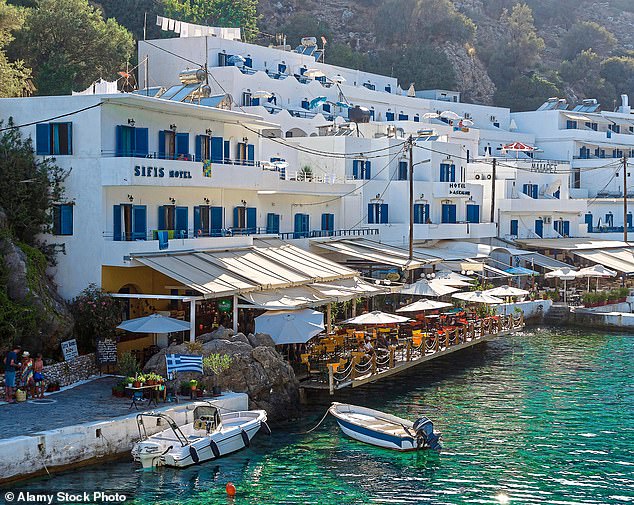
Laidback Loutro in the quiet of southern Crete
Case in point: bijou Loutro. It’s a crescent of white and blue B&Bs around a sun-spangled harbour (book holidays with Greek specialist sunvil.co.uk), where the sky at dusk is the colour of your rosé. A 20-minute headland hike takes you to The Old Phoenix (old-phoenix.com), a taverna with simple doubles for about £60 a night. Kayak or snorkel over boulders and goats’ skulls in the transparent cove and dine on homemade kleftiko (slow-roasted lamb) on the lantern-lit terrace after dark.
If you make a single outing, take one of the little public boats to Sweetwater Beach, just east of Loutro. It always feels remote and romantic, and has a tiny bar-taverna over the shallows – informally called the Mermaid, due to its kooky mural – which was put on the map by Yorgos and his mum’s rice-stuffed tomatoes. While away the heat of the day here, between cool dips in the aquarium-clear waters.
SWERVE Rome The issue with short-term rental properties is well documented – key safes pulled off walls by protesters, with notes declaring that the visitors aren’t wanted. Estimated tourist count for 2025? Easily in excess of 35 million, what with the arrivals drawn by the religious event that is the Catholic Church’s Jubilee Year (concluding on 6 January 2026).
SWAP FOR Naples Although it’s lower on world-famous sights than the capital, the whirring hub of Italy’s southern Campania region is every bit as turbo-charged. To plug in, simply disappear into the shadowy half-light of the Centro Storico (historic centre), where façades in the Gothic style unravel to Baroque and Neoclassical. Entwined young lovers ride scooters, parping at ‘meandertal’ pedestrians, while grocers’ stores in the narrow streets brim with bags of pasta and garlic in long, knobbly skeins.
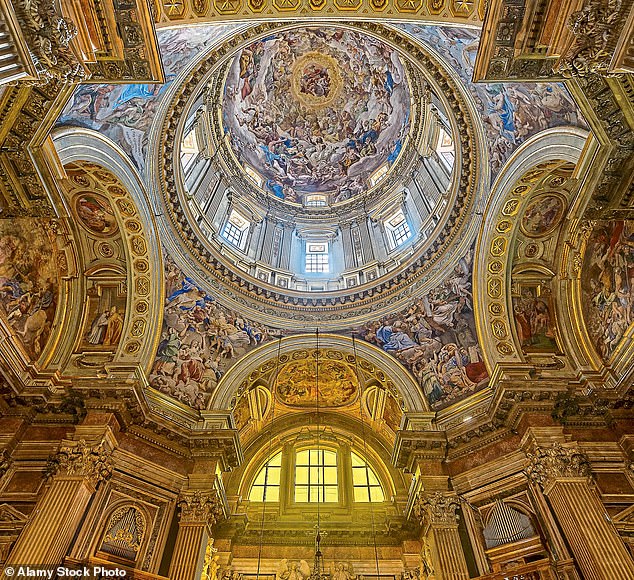
Frescoes and finery at Naples’ dazzling Duomo
For glamour, spend a night or two at the Grand Hotel Vesuvio (vesuvio.it), with its sweeping suites overlooking the Bay of Naples. For spirituality as fervent as anything in Rome’s Vatican City, enter Naples’ Gothic and Baroque infused cathedral, the Duomo. Here, the tranquillity is transporting, with stained glass, incantations from robed figures and, three times a year, the ‘miraculous liquefaction’ of patron saint San Gennaro’s blood, kept safely in vials. And allocate an hour or two for the Museo di Capodimonte, where glorious paintings by Titian elbow for space with Botticellis, Mantegnas and Caravaggios.
Remember, too, that Naples is the world capital of the pizza, and it’s tricky to go wrong in the city. That said, if you need a recommendation (or three), try Pizzeria Gino Sorbillo, Pizzeria Brandi and Pizzeria La Notizia 53 – each gets the thumbs up from pathfinding epicurean tour specialist culinarybackstreets.com, which also has multi-day guided city trips.












